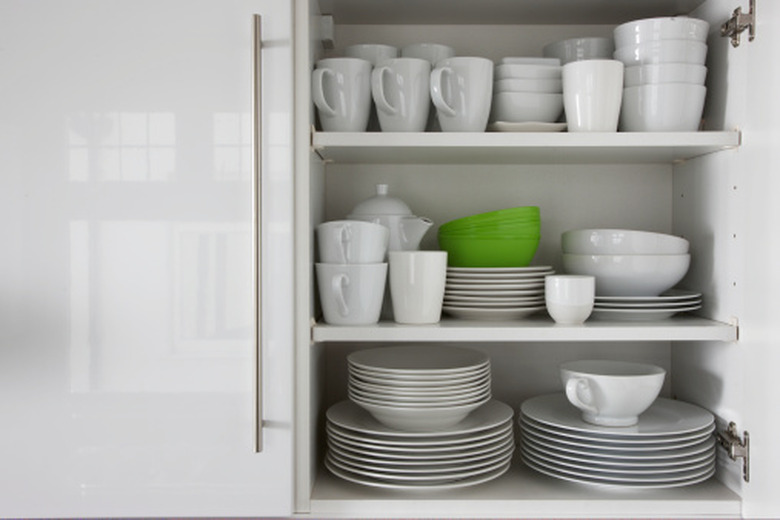Can You Wash Mold Out Of Plastic Cups?
Mold is a type of fungus that grows in nature to decay dead leaves, trees, fruit and other plant material. It can begin to grow in your home under the right circumstances. Mold can cause several health issues, and even a small amount growing in your home can encourage other mold growth. You should clean the mold as soon as you notice it.
Why Mold Grows
Why Mold Grows
Mold is a plant that needs moisture to survive; thus, mold will grow anywhere where there is excess moisture. It doesn't need much moisture and can even survive on water from the air. Mold tends to grow in damp areas of your home, such as bathrooms, laundry rooms or kitchens that are not ventilated properly.
Mold in Cups
Mold in Cups
You might store cups upside down to prevent dust and debris from settling in them, which does not give any excess water a chance to evaporate. Condensation will form on the cup's surface, and any mold spores that were also trapped under the cup will begin to grow there. Mold can also easily grow between stacked cups in your cabinets.
Removing Cup Mold
Removing Cup Mold
You can easily remove mold from plastic cups because plastic is a relatively nonporous surface, which means that the mold does not get embedded deep in the plastic where it is difficult to remove. Remove cup mold by running the cups through the dishwasher. The soap and the heat will kill the mold spores and remove them from the cup. You can hand wash the cups with liquid dishwashing soap or a solution of one part white vinegar and one part water.
Preventing Cup Mold
Preventing Cup Mold
Prevent mold on your cups by drying them completely with a clean cloth before you place them back into your cupboard. If the cups are not completely dry, store them right-side up and unstacked until they are completely dry. If the problem continues, it is an indication that your home is too humid. Install a dehumidifier or fix your home's ventilation.
